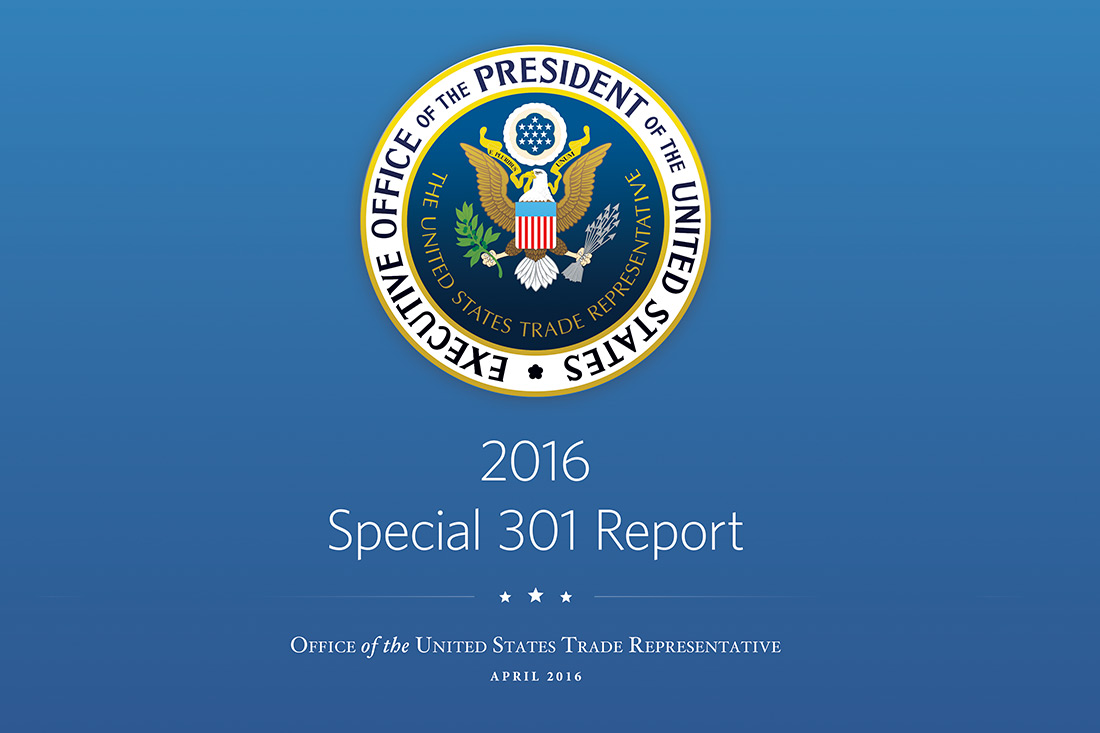The Union Ministry of Women and Child Development is implementing following schemes for protection of women:
#1. Swadhar and Short Stay Homes to provide relief and rehabilitation to destitute women and women in distress.
The Schemes, Swadhar and Short Stay Homes have been merged and revised as “Swadhar Greh” Scheme.
#2. Ujjawala Homes for rehabilitation of victims of trafficking for commercial sexual exploitation.
Note: Do not confuse this with PM Ujjawala scheme – The Rs. 8,000 crore scheme to provide 5 crore free LPG connections to Below Poverty Line (BPL) families using the money saved from 1.13 crore cooking gas users voluntarily giving up their subsidies.
#3. Working Women Hostels for ensuring safe accommodation for working women away from their place of residence.
#4. One Stop Centre to provide integrated support and assistance to women affected by violence. Read the full coverage, here.
#5. Scheme for Universalisation of Women Helpline intended to provide 24 hours immediate and emergency response to women affected by violence.
Taking the case for Universalisation of women helpline further:

According to the latest National Crime Records Bureau data, during the year 2013, 3,09,546 incidence of crime against women (both under Indian Penal Code and other laws) were reported as against the 2,44,270 cases reported during 2012, showing an increase of 26.7% over the previous year.
What are the gaps in the existing emergency response system?
#1. Lack of centralised system functional across the country
Currently, different State governments had set up helpline in collaboration with NGOs, and private organizations. Various NGOs working on women’s issues have also undertaken helpline initiatives to provide information and referral service to women facing violence within the home as well as outside, but these attempts have been sporadic and state/ city-centric due to the limitations of outreach and resources.
#2. Tracing the location of the caller
In the existing emergency response system, the information about the location is provided by the caller and the emergency responders rely on this information. If the caller is not able to convey her location or location conveyed by her is vague or erroneous, then there is a possibility that responding unit may not locate her/him.
#3. Lack of unified approach
Presently, there are different numbers for different emergency services i.e. 100-Police, 101-Fire, 102 and 108-Ambulance, 1091 and 181-women in distress etc.
In case the caller does not know the correct emergency number to dial or is confused between various emergency numbers, he will be either deprived of any help or will get help after avoidable delay.
#4. Jurisdictional Issues
Many a time call made to emergency numbers land at the control room that may not have jurisdiction of the location of caller causing delay in response. This is quite common in cases where the caller is using mobile handsets and calling from a place that is at the boundary of a District or State.
In view of the above, it has been decided that a Women Helpline (state level toll free number such as 181) would be made universal for providing an immediate and 24 hour emergency response to women affected by violence including rescue (where necessary), information, first point contact counseling and referral (linking with appropriate authority such as police, One Stop Centre, hospital) services to any woman in distress across the country.



















